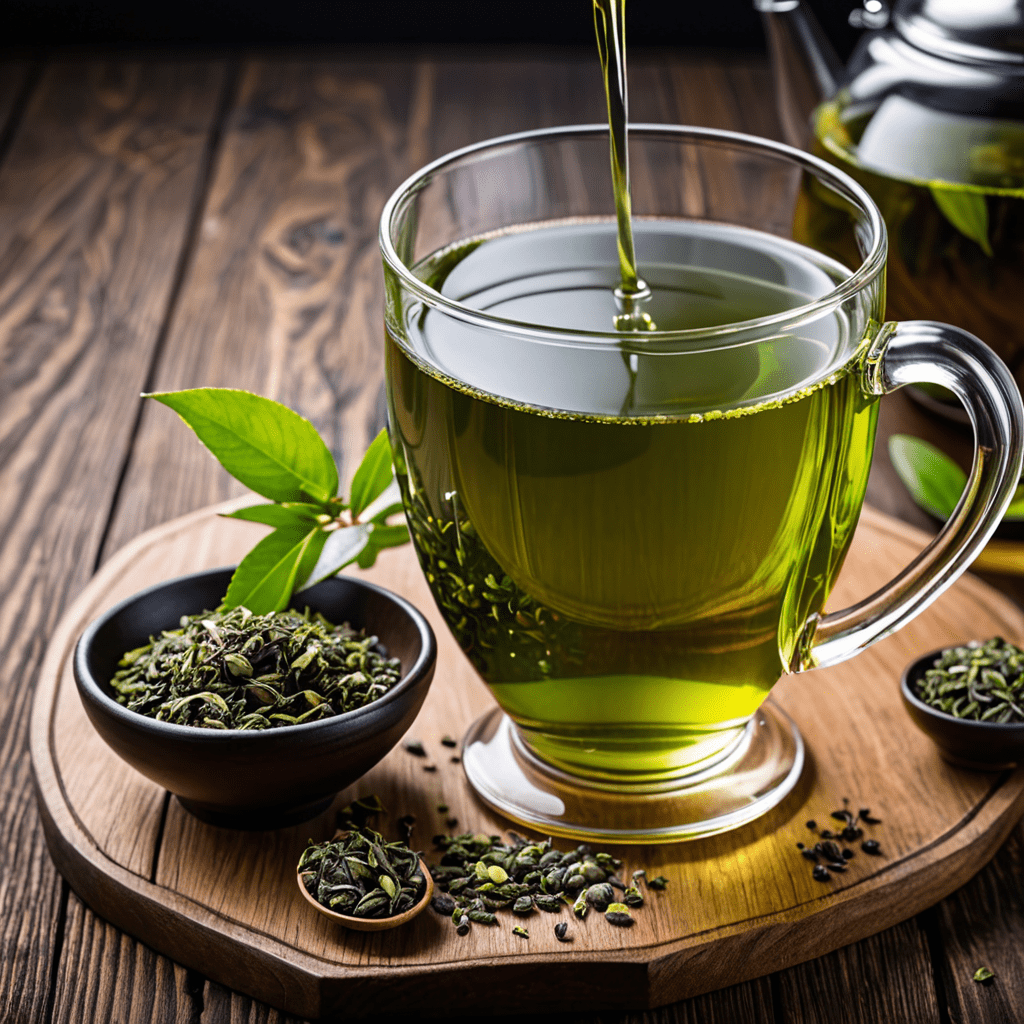The Sustainability of Pu-erh Tea Production
Pu-erh tea, a prized and unique variety of fermented tea from Yunnan province in China, holds more than just exquisite flavor profiles. Its production also highlights essential aspects of sustainability that are crucial for the tea industry. Let’s delve into the sustainability practices associated with Pu-erh tea production.
1. Eco-Friendly Cultivation Practices
Traditional methods of cultivating tea plants for Pu-erh tea involve minimal use of chemical fertilizers and pesticides, promoting natural growth and biodiversity within the tea gardens. This eco-friendly approach ensures the preservation of the surrounding environment and maintains soil health for future harvests.
2. Heritage and Community Preservation
Pu-erh tea production often relies on centuries-old knowledge passed down through generations. By supporting local communities and honoring cultural traditions, the sustainable production of Pu-erh tea helps preserve heritage and promote socio-economic stability in tea-growing regions.
3. Waste Reduction and Recycling
Producers of Pu-erh tea emphasize waste reduction and recycling by utilizing tea byproducts for various purposes. From composting tea leaves to creating biodegradable packaging, these practices contribute to the circular economy and reduce environmental impact.
4. Fair Trade and Ethical Practices
Many Pu-erh tea producers adhere to fair trade principles and ethical labor practices. By ensuring fair wages and safe working conditions for farmers and workers, the sustainability of Pu-erh tea production extends beyond environmental concerns to encompass social responsibility.
5. Long-Term Forest and Biodiversity Conservation
Tea plantations that yield Pu-erh tea are often located within or near forested areas rich in biodiversity. Sustainable Pu-erh tea production includes efforts to preserve these ecosystems, protect endangered species, and maintain the balance of flora and fauna in the region.
6. Water Management and Conservation
Water plays a crucial role in the cultivation and processing of Pu-erh tea. Sustainable practices involve efficient water management techniques that minimize wastage, protect water sources from pollution, and ensure the long-term availability of this essential resource for both tea production and local communities.
7. Certification and Transparency
To further underscore the sustainability of Pu-erh tea production, certifications such as organic or Rainforest Alliance offer transparency and accountability in the supply chain. These certifications reassure consumers of the tea’s sustainable origins and ethical production practices.
FAQ about The Sustainability of Pu-erh Tea Production
What is Pu-erh Tea?
Pu-erh tea is a fermented tea produced primarily in the Yunnan province of China. It is known for its earthy flavor, unique aging process, and potential health benefits.
How is Pu-erh Tea Produced Sustainably?
Sustainability in Pu-erh tea production involves eco-friendly practices such as organic cultivation, water conservation, and minimal use of chemicals. Sustainable methods also include fair treatment of workers and responsible waste management.
Why is Sustainability Important in Pu-erh Tea Production?
Sustainability is crucial to ensure the long-term viability of tea cultivation. By preserving the environment, supporting local communities, and maintaining the quality of the tea, sustainable practices help protect the future of Pu-erh tea production.
What are the Benefits of Supporting Sustainable Pu-erh Tea Production?
Supporting sustainable Pu-erh tea production promotes environmental conservation, ethical business practices, and high-quality tea. By choosing sustainably produced Pu-erh tea, consumers contribute to a healthier planet and support responsible agriculture.


